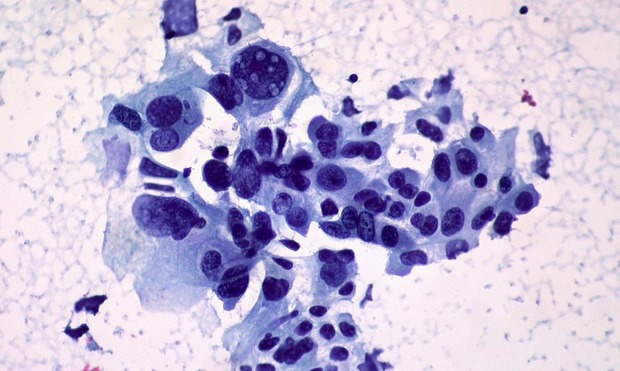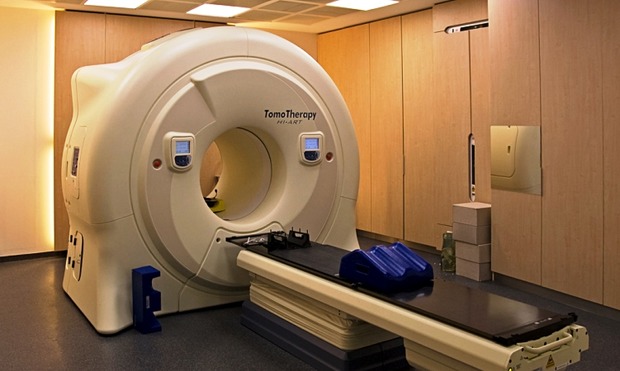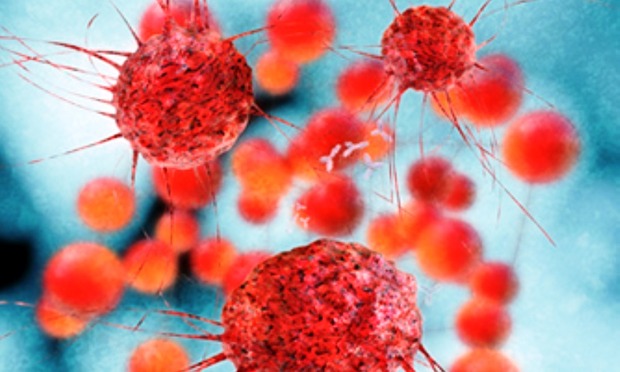Editor's comment: Killing cancer
16 Jul 2014
The battle against cancer is something most people can identify with. Fortunately, researchers are continually finding new and improved ways of fighting the disease.
This week there have been some truly exciting advances in the research and development of new cancer therapies.
It seems strange, however, to couple cannabis and cancer therapy together - but that is exactly what UK scientists have done.
On Monday, Laboratorytalk.com reported on new research that suggests the main psychoactive ingredient found in cannabis could be used as a means of shrinking tumour growth in cancer patients.
“It seems strange to couple cannabis and cancer therapy together
A team of scientists from the University of East Anglia (UEA) found that the chemical compound THC (Tetrahydrocannabinol) could be used to reduce a tumour’s growth.
Though this breakthrough does not mean cancer patients should self-medicate, it is hoped the research will lead to a safe synthetic equivalent being available in the future.
Elsewhere, it was revealed this week that pathologists often found it difficult to agree on cancer cell diagnoses as, unfortunately, the certainty of the diagnosis depends greatly on the individual pathologist.
To combat this, researchers in Vienna have developed a new type of software that is said to boost diagnostic certainty to around double that of current standards.
Enhancing diagnostic certainty will allow those with cancer to get faster, more accurate diagnoses and will help ensure patients are receiving the right treatments to suit their individual needs.
Better diagnosis technology will never be as good as an outright cure for cancer, but such advances may dramatically improve survival rates in cancer patients.
Research published today looks to boost the effectiveness of magnetic resonance imaging (MRI) by helping scanners identify cancerous cells.
Scientists at Imperial College London (ICL) have designed a self-assembling protein-coated nanoparticle that looks for specific signals transmitted by tumours.
Once the particle locates a tumour, it begins to interact with the cancerous cells. This interaction then strips off the protein coating which causes the nanoparticle to self-assemble into a much larger particle so that it is more visible on an MRI scan.
The advances announced in the past week alone could lead us to believe the cure for cancer is just around the corner. However likely, unfortunately we do not know.
Yet, with researchers all over the globe working to find effective new ways of fighting the disease, the light at the end of the tunnel seems to be getting perpetually brighter.









